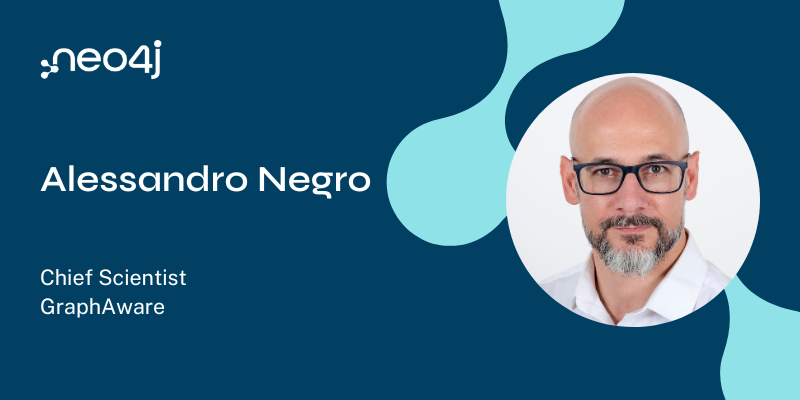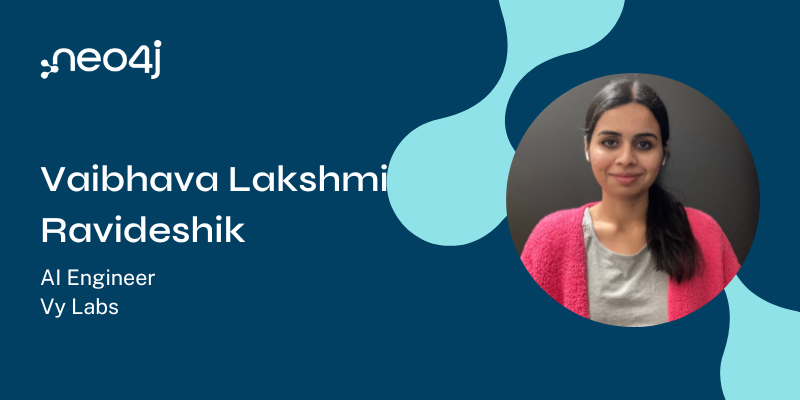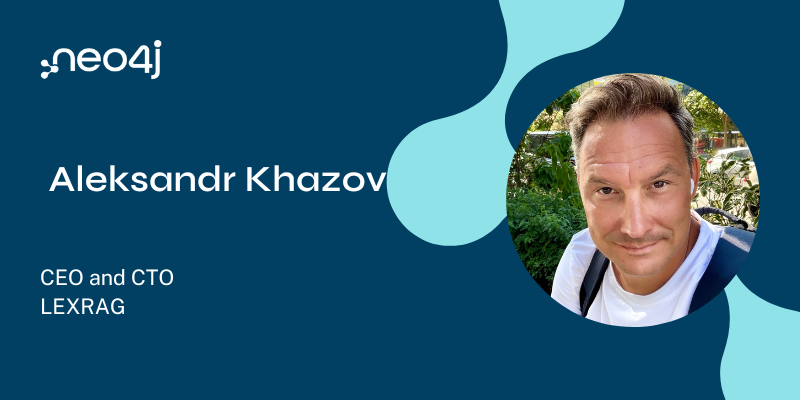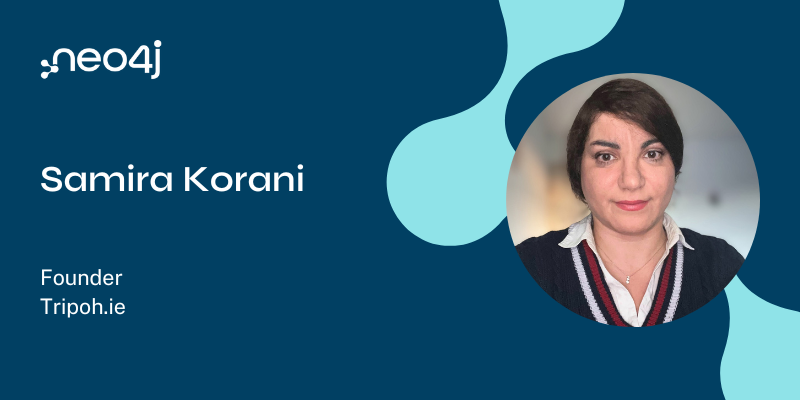This Week in Neo4j: GraphQL, Low Code, Cybersecurity, Graph Refactoring, and More

Sr. Manager, Developer Community
3 min read
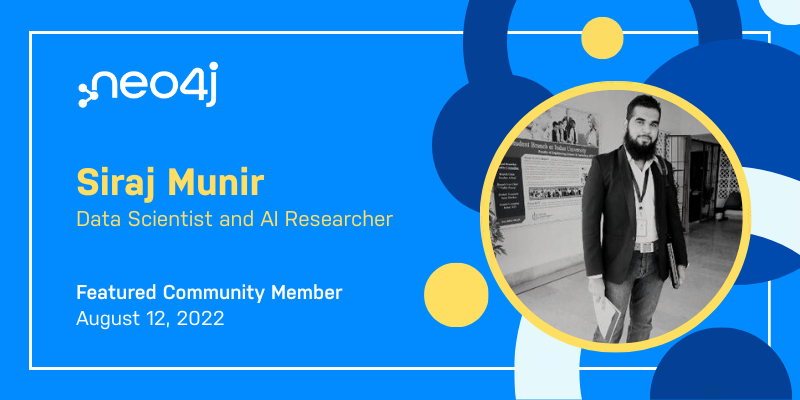
Here is a selection of graph-related articles we hope you will enjoy! In Adrien Sales’ blog, he explains how making his company’s information system available as a graph enabled the queries and visual discoveries that changed the company culture. Tom Nijhof’s chemical compound searcher is part of the Open Measurement project for sharing the results of biological experiments. In another piece, Sixing Huang compares graph solutions and, along the way, we learn about influenza, COVID-19, monkeypox, and the common cold. There’s more to read below, so dive in.
The CFP deadline for NODES is fast approaching! Submit your talk by August 20. As you plan for the fall, save the date for the Neo4j NODES conference on November 16 and 17, 2022
Cheers,
Yolande Poirier
PS: There’s still some fun left to be had this summer!Start golfing at the Neo4j Code Golf challenge, a Cypher coding contest with prizes totaling $27,000!!
FEATURED COMMUNITY MEMBER: Siraj Munir
Siraj is a data scientist and AI researcher who has been using graph technologies for years to solve real-world problems. Currently, he is enrolled in a PhD program at the University of Urbino Carlo Bo, Italy. He loves to work with text and uses the latest NLP techniques to get better insights from raw text. He is using Neo4j to represent profiling data and run intelligent queries with Cypher. Siraj is a Neo4j Ninja and a presenter at data science conferences. You can find him on LinkedIn.

GRAPH REFACTORING: The Hard Way
Florent Biville, author of the Neo4j extension for Liquibase, shares his API design decision-making process. Liquibase is a widely-used tool for implementing flexible database changes.
KNOWLEDGE GRAPH: Full-Text Search in 197M Chemical Names Graph Database
In this blog, Tom Nijhof builds a chemical compound searcher with the goal of linking compound synonyms with each other. He used the PubChem database that has millions of records which can be downloaded and put into a graph database for your own project.
API: Native GraphQL API With Neo4j AuraDB on Heroku
Michael Simons explains how to write a GraphQL API that uses Neo4j AuraDB as a backend with Quarkus and deploy it as a native image on Heroku. He picked Quarkus, its official Neo4j-Extension and the Cypher-DSL. He translates the incoming GraphQL requests back from the model to Cypher. For defining the model, Quarkus provides SmallRye GraphQL.
NEO4J LIVE: Netfrenzy With Patrick Hurd
KNOWLEDGE GRAPH: No-Code vs. Low-Code vs. Code; Cloud vs. On-Prem
GRAPH WITH NEO4J: Delivering Information System Cartography
NEO4J CYBERSECURITY AURADB & SANDBOX: Graphs for Cybersecurity
TWEET OF THE WEEK: @gerardsans
Don’t forget to retweet if you like it!
Yay! Final touches to the video recordings bf publishing 🌈🦄
GraphQL SF #11 talks coming soon!
In the screenshot you can see a sneak preview of the first talk from William Lyon from @neo4j#graphqlsf #graphql @lyonwj ✨🚀 pic.twitter.com/UT4MJ6u5dN
— ᐸGerardSans/ᐳ🤣🇬🇧 (@gerardsans) August 8, 2022
… Of Special Interest
- kubectl-graph, a kubectl plugin to visualize Kubernetes resources and relationships. Check out the repo!
- QuarkusIO #20891 has been closed for a while and Michael Simmons added all model classes in favor of JDK 17 records in his small GraphQL with @neo4j and Quarkus demo. Check it out.
- Redfield Neo4j extension update – The new version has a batch mode that increases the performance of the Cypher queries significantly. Learn about the new features!



